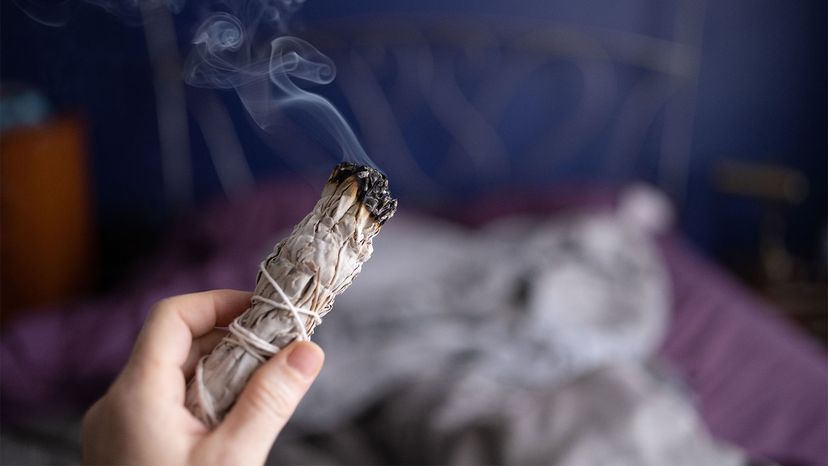While many cultures partake in burning dry sage, it is mostly connected to traditional medicine and Indigenous people. The increase in non-Native people saging is posing a threat to white sage.
For example, there are groups dedicated to protecting California white sage. This means it's important to purchase sage responsibly (meaning not from mass market retailers) or find other alternatives that are more abundant.
Additionally, the common sage is deeply tied to spiritual practices, with many Indigenous groups considering it a sacred medicine. Therefore, when burning sage bundles is more of a trend than a spiritual practice, some see it as cultural appropriation.
Matching Herbs and Intentions
"There are a number of herbs one can use for smudging but use only one herb at a time. Otherwise, you are sending out mixed messages," Larkin says. Sage is one of the best known, but you can use different herbs for different reasons. They are each thought to produce different results.
"Smudging with sage or cedar is known to dispel negative energy and bring about feelings of peace; sweetgrass brings in positive energy," Larkin adds. "One can also smudge with other medicinal herbs, such as lavender, rosemary, juniper and others."
A good way to be more responsible when you want to avoid buying dried sage from mass retailers is to grow your own. "Growing your own sage or other herbs is ideal," Larkin explains. "Buying it is the second choice, but make sure you buy from a reputable dealer who harvested the herbs with prayer. If you grow or pick your own, always make an offering and ask permission first. Tobacco or corn meal is a traditional offering."




